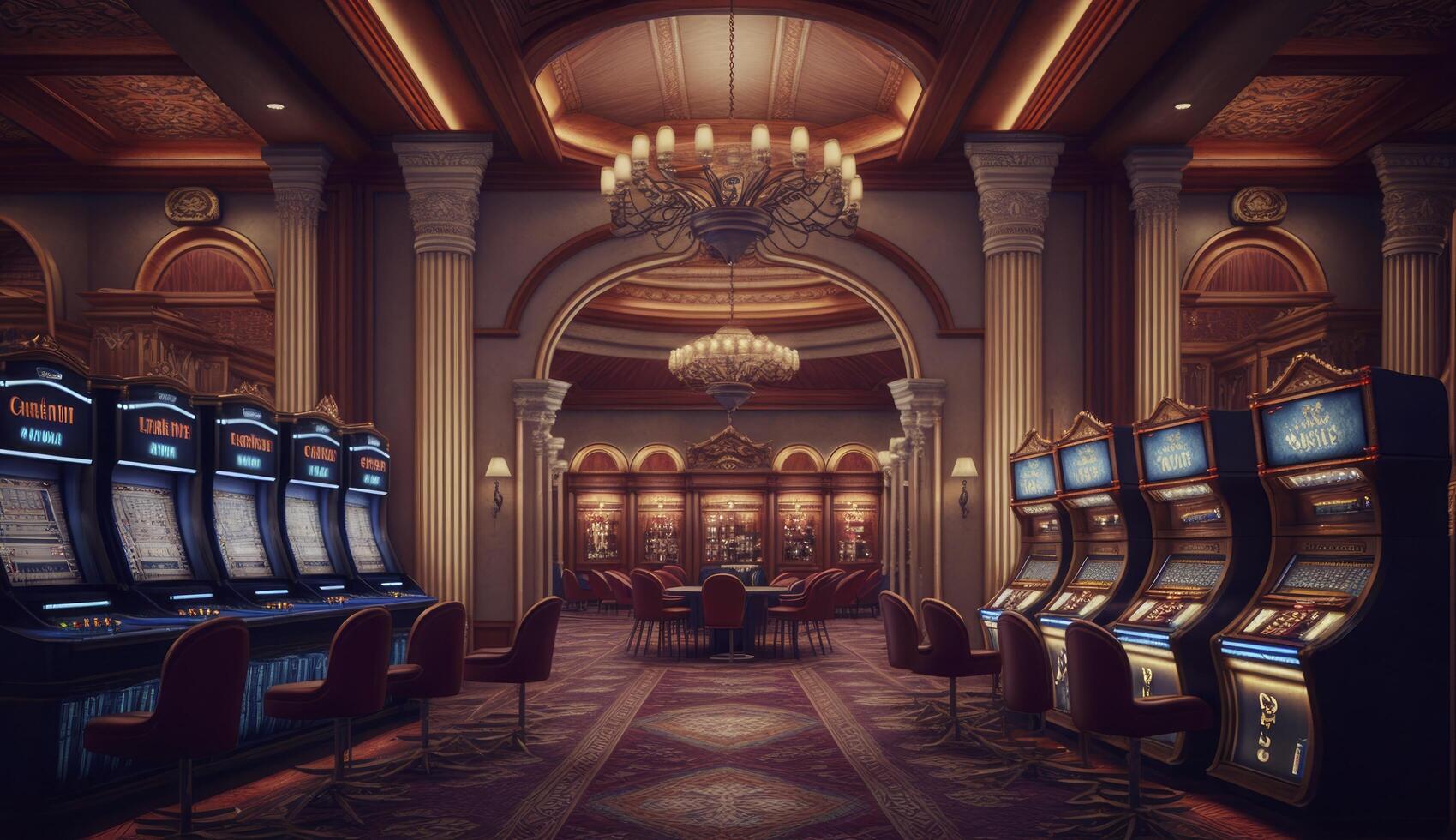The Social Effect of Gambling Machines Around the Globe
Across the globe, the allure of casino slots games has captivated millions, overcoming cultural barriers and attracting varied crowds. From the busy casinos of Vegas to the colorful gaming halls of Macau, these fascinating machines have become emblems of excitement and expectation. The spinning reels and colorful graphics draw players into enthralling experiences, creating a distinct blend of chance and entertainment that strikes a chord with people from all walks of life.

As these games progress, their effects extends beyond just wagering; they shape mainstream culture, spark art, and transform how people connect. Whether it’s through films depicting of life in casinos or the rise of internet-based slots that bring the thrill of casinos to the ease of home, the cultural significance of gambling slots continues to increase. Exploring this trend reveals not just the mechanics of play, but also the meaningful bonds they establish within communities and their role in the overall tapestry of leisure activities across the world.
Account of Casino Slot Machines
The beginnings of casino slot machines can be traced back the late 19th century with the development of the first conventional slot machine. In 1887, Charles Fey, a engineer from SF, created the first mechanical slot machine, which featured three spinning reels and a straightforward design with symbols such as horseshoes and card symbols. This machine offered gamblers a chance to win coins, laying the foundation for what would become a worldwide gaming sensation.
As the fame of slot machines grew, various innovations appeared throughout the initial 20th century. By the early 1900s, numerous manufacturers began producing their versions, enhancing the machines with additional features and more intricate systems. These early machines became a mainstay in pubs, clubs, and eventually started to make their way into casinos. By the 1960s, the traditional slot machine was further refined with the advent of electronic elements, leading to more varied gameplay and higher player involvement.
The 1980s marked a crucial milestone when video visual technology was integrated into slot machines. This advancement allowed for more intricate graphics, sound effects, and storylines, drawing in a larger audience. The combination of stunning visuals and engaging gameplay transformed casino slots into a major draw in gaming venues around the globe. As a result, slots developed from simple machines into sophisticated entertainment devices, reflecting shifting cultural tastes and technological advancements.
Cultural Differences within Slot Machines
Gaming slot machines have developed so as to reflect diverse cultures and practices of different areas where slot machines are enjoyed. In Japanese culture, for instance, pachinko machines blend aspects from pinball and classic slot machines, creating a distinct playing experience deeply intensely entrenched within the Japanese entertainment scene. These devices often include famous anime icons and themes, showcasing the connection between gaming with popular culture in Japan.
On the other hand, in the U.S., gambling games tend to be designed around famous movies, celebrities, as well as recognizable symbols from American tradition. Such a trend shows a propensity for celebrate while also monetize pop culture, making the gambling experience accessible among players. The flashy graphics and sounds are intended so as to create thrill as well as pull gamers into gaming atmosphere, illustrating U.S. creativity in entertainment as well as tech.
Across Europe regions also maintain distinct individual approaches to slot machines. As an example, in the United Kingdom, for instance, old-school fruit games found within bars and arcades mirror regional preferences toward traditional gaming formats. Such machines frequently emphasize basic layouts and easy mechanics, and which connect strongly among participants seeking cherish a nostalgic gaming experience. This regional diversity illustrates the way cultural impact mold the development and appeal regarding casino slot machines across different areas of the planet.
The Future of Casino Slots
As technology continues to evolve, the prospects of casino slots appears bright and dynamic. Innovations in gaming technology, such as virtual reality and augmented reality, are likely to redefine how players experience slots. Imagine stepping into a virtual casino where players can interact with their surroundings more immersively, making the act of spinning the reels more thrilling and engaging than before. This shift could also attract a new audience, fostering a fresh wave of casino gaming.
Moreover, the incorporation of artificial intelligence and big data will enhance customization in casino slots. Players can look forward to games customized to their individual tastes, as AI assesses their behaviors and habits. This tailoring not only makes the gaming experience more enjoyable but also encourages loyalty, as casinos strive to meet individual player needs. Upcoming slot games will likely feature more engaging narratives and rich content, pushing the limits of traditional gaming.
Finally, the rise of mobile gaming will continue to shape the future of casino slots around the world. As more players opt for smartphones and tablets for gaming, casino operators will concentrate efforts on optimizing their games for mobile platforms. This convenience allows for more accessible play, with players able to enjoy their preferred slots whenever and any place. As the global gaming market expands, the evolution of casino slots will play a vital role in attracting new players and maintaining the thrill of existing fans. dagatructiep
